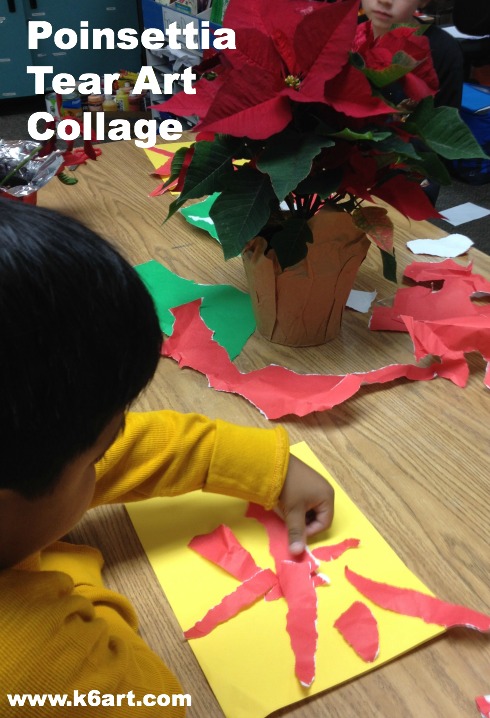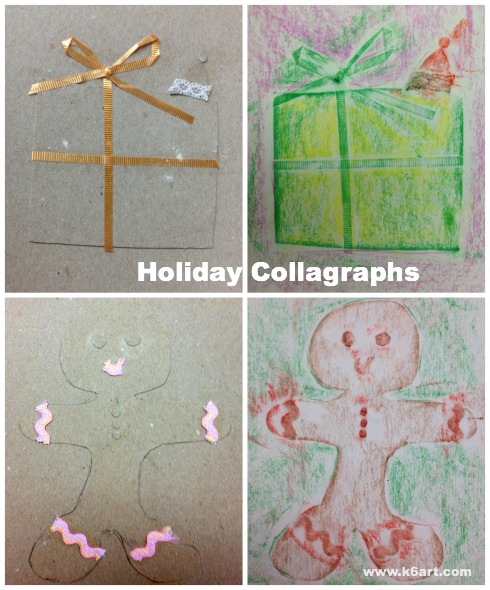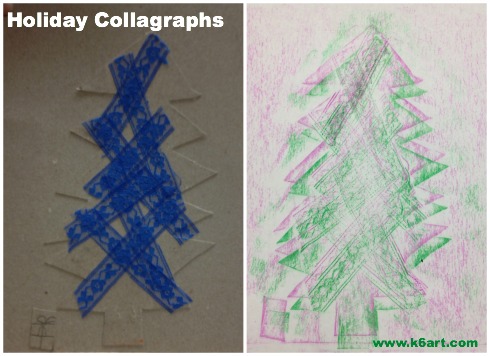Wishing you , your families and friends a happy and relaxing day.
Enjoy!

Before discovering Polytemps, our young art teacher is struggling with a teetering tower of paint jars. What a dedicated teacher – she’s going to get that paint ready for class EVEN IF IT KILLS HER. Her glasses slip from her nose, but she doesn’t have a free hand to push them back up. Her back aches from carrying all those bottles. Her hair is a total mess because she had to start prep before dawn, and couldn’t spare a moment to brush it. Or maybe she is so depressed from her huge workload she has stopped caring about her appearance.
Polytemps to the rescue! After discovering Polytemps, our art teacher is indeed a new woman. The paint sets are so light, she can easily carry enough for class while dancing between the tables. The prep is so quick, she has time for a hair appointment before class. And she has ditched the glasses. Thanks to Polytemps, her vision has been restored! It’s a miracle!
Do you want to create a poinsettia art project with little prep or clean up, in less than one hour? Try this fun tear art collage project.
If possible, get some live poinsettias. I borrowed some from my colleagues and returned them at the end of the day.
We started off with a few poinsettia facts: the red ‘flower’ is called a bract. The bract is made of red leaves, NOT petals. Poinsettias are native to Mexico, where they are known as Noche Buena (‘Christmas Eve’).
Next students looked carefully at the poinsettias. We noticed the shape of the leaves, and had a quick review of organic vs. geometric shapes. We also noticed the red leaves were centered around a cluster of yellow dots. The red bract overlapped the green leaves. I pointed out that green and red are complementary colors.

Students observe poinsettias and create a collage using red and green paper. Allow one 40-minute class.
I modeled tearing. Students created odd numbers of red and green leaves, arranged them, then glued them to the 9″x12″ construction paper using a glue stick. We found out it was easier to glue the green leaves first. Students could place the red leaves over or in-between the green leaves. As a final touch, students could tear a few dots of yellow paper and glue them to the center of their paper poinsettias.
Because we had live poinsettias on the tables, I encouraged students to hold up their torn shapes to the real leaves for comparison. They really enjoyed observing real plants, much more than working from a picture or from my example.
If you look carefully at our collages, you will see a white torn edge on the red and green papers. We used Fadeless Art Paper– it is colored on one side and white on the other.
I would love to use this technique to create a Van Gogh-inspired vase of sunflowers!
Enjoy!
Do you have a favorite tear art project?

Textured curling ribbon tied in a bow looks great on this wrapped gift. The gingerbread man is trimmed in rick rack.
Need a fun and flexible holiday project? Try making you own collagraph crayon rubbings, using cardboard and scraps. The project takes about one hour and is adaptable to all sorts of holidays like Valentine’s Day and birthdays.
Select one holiday shape for the main part of the collagraph. Draw the shape on the first piece of cardboard and cut it out (note: for those students creating their own designs, emphasize that the design needs to be simple and stretched to the top and bottom of the page).
Glue the cut-out shapes to the second piece of cardboard using glue stick. You have now created a collagraph rubbing plate.
Now for the fun!
Cut decorations for your collagraph plate from your cardboard scraps and from fabric trim. Experiment with the craft scissors and the hole punch. Glue these decorations on top of and around your main shape. LAYERING IS GOOD! TEXTURE IS GOOD!
Now flip over the collagraph plate and place it face down on your chair. SIT ON THE CARDBOARD AND COUNT TO 30. (It is so fun to do this step!) Now all the pieces are glued down are we are ready to rub.
Place your collagraph face up on the table. Cover with the copy paper. Rub with a peeled crayon (note: it is helpful to have a partner hold the plate while the student rubs). Repeat with another crayon color.
Now trade collagraph rubbing plates with your neighbor. Or rotate tables so everyone comes away with a set of holiday cards.

This students glued lace to her tree for texture. She did two rubbings with green and magenta crayons.
This technique would make awesome cards for birthdays – imagine a collagraph layer cake with rick rack candles. Imagine a textured doily rubbing plate for Valentine’s Day cards.
If you want to take this project a step further, you can roll printer’s ink on the collagraph and pull some prints. You can also color or paint the collagraph plate so it become an artwork.
Want more ideas? Check out my previous post on 30-minute collagraph printmaking.
Enjoy!
Do you have a fun way of making holiday cards?
I was gifted a huge trove of old School Arts and Arts and Activities magazines from a retired art teacher. They date all the way back to 1961. Here is a groovy ad for new ‘acrylic’ paints from School Arts Magazine, February 1971. Click photo for larger image.
Very groovy! I dig the Peter Max-ish design.
Enjoy!